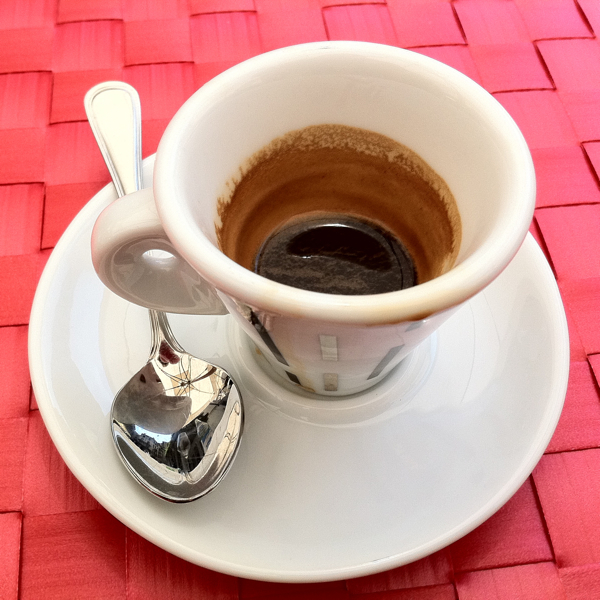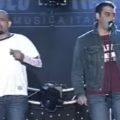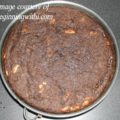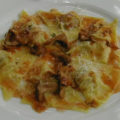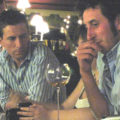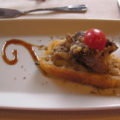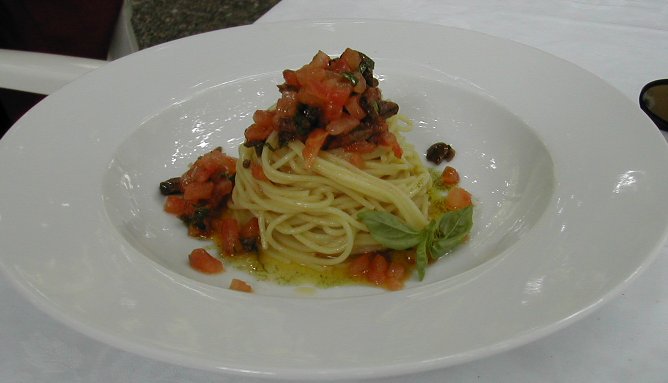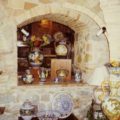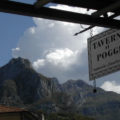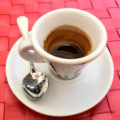music: Manhattan Transfer – “Java Jive”
Although Italy has some of the best coffee in the world, Italians don’t drink nearly as much of it as you might think. My own routine, which I suspect to be fairly average, is:
- one at home at 7:30, before starting my commute
- one fairly soon after arriving at work, around 10 am
- one right after lunch
If I’m having a particularly sleepy day I might have one sometime between 10 and 1 (pre-lunch) and/or, very rarely, one in the late afternoon. Five a day is unusual for me, and many people I know consider four overdoing it ¬– though I did talk to a barista once who said he used to drink 12 espressos a day.
Most people I’ve observed in this part of the country (Milan / Lombardia) stop with the post-lunch espresso. Some have an espresso after dinner, especially if they plan to be out later, but I don’t see many ordering post-dinner coffees in restaurants. At home we only make coffee at night if dinner guests want it for their own drives home.
It’s true that espresso is concentrated, but, per average serving, it contains less caffeine than American coffee, and Italians do not have the American habit (which I sometimes miss) of keeping a warm mugful on your desk or table and sipping at it for hours.
When foreigners come to Italy, the clash of caffeine culture can be funny. A Swedish colleague once apartment-sat for us in Milan. As part of his orientation, I took him downstairs to our usual coffee bar (which also made excellent gelato), introduced him, and asked them to treat him nicely. They talked for months afterwards about his peculiarities: he habitually ordered double espressos, which baffled them. For starters, a double won’t fit in the standard single espresso demi-tasse cup, and they disliked the aesthetics of serving espresso in a cappuccino cup. He also mostly lived on gelato that month (it was August), which, while they appreciated the compliment to their gelato, is not standard Italian behavior!
The other day, I overheard a young Italian woman on the train discussing a foreign guest who had visited their home. “We made a moka of coffee, and she thought it was all for her. She drank the whole thing!” “I could never drink that much coffee!” exclaimed her friend, “I wouldn’t sleep for days!”
When Italians make coffee at home, they most often use the moka, a screw-together pot you put on top of the stove. These come in capacities from 1 to 10 cups, and a family may own several sizes, to cope with various occasions. But a four-cup moka makes less coffee than you’d find in a Starbucks “tall” – no wonder the American guest was confused.
Yes, you can get fancy home espresso machines here just as you can in the US, but, to make consistently good espresso, they require a high degree of maintenance and skill. Most Italians can’t be bothered, especially when they can get better coffee for far less fuss at the bar down the street. (Though a few make it a point of fetishistic pride to be able to make at home a coffee “just as good as you get at the bar.” In counterpoint, some espresso machines in bars are decorated with the slogan “REAL coffee you can only get at the bar.”)
Coffee made in the moka can also involve more or less fuss, and is quite a different thing from bar espresso. It took me years to acquire the taste, and I still haven’t learned to make it consistently good. But I got tired of trying to reproduce the consistency and flavor of good American-style filtered coffee. I think that this winter, when I want a big hot drink, I’ll stick to chai.

